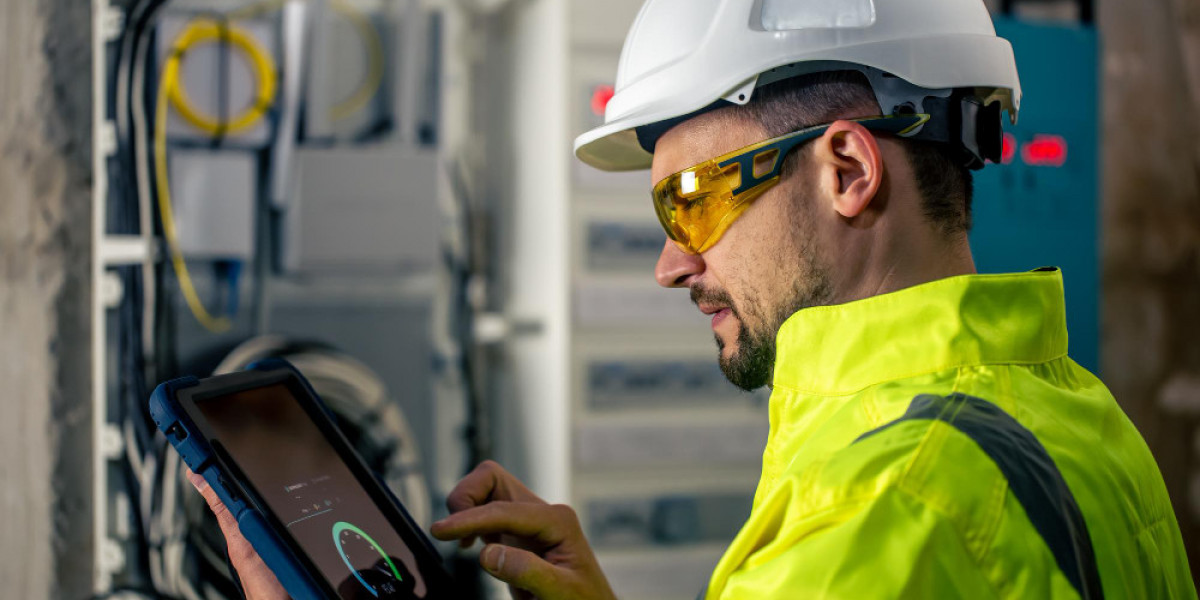Efficient and safe power cable management is essential for any electrical installation. A well-organized system of cables not only ensures smooth operations but also prevents electrical hazards, enhances longevity, and reduces maintenance costs. Below is a detailed overview of how a power cable management system can improve safety and efficiency in electrical installations.
What is a Power Cable Management System?
A Power Cable Management System (PCMS) refers to the methods and tools used to organize and secure electrical cables and wires. This system plays a crucial role in guiding, protecting, and securing cables, minimizing the risks associated with unmanaged or improperly installed cables.
Why is Cable Management Important?
- Safety First: Proper cable management helps prevent tripping hazards, fire risks, and potential electrical accidents.
- Efficiency: A well-organized system makes maintenance quicker and easier, reducing downtime and improving system performance.
- Longevity: When cables are organized correctly, they are less likely to experience wear and tear, extending their lifespan.
- Space Optimization: Proper cable routing and containment maximize available space and minimize clutter in electrical setups.
- Cost-Effective: Reducing cable damage and ensuring better airflow reduces energy waste and repair costs.
Key Components of a Power Cable Management System
- Cable Trays and Raceways
- Provide a safe pathway for cables, keeping them organized and protected from external damage.
- They come in a range of materials, such as steel, aluminum, and PVC.
- Easily installed on ceilings, walls, or floors to keep cables tidy and secure.
- Cable Ties and Clips
- Help bundle cables together, preventing tangling and reducing the risk of mechanical damage.
- Offer flexibility in organizing cables, especially in tight spaces or along walls.
- Various types (e.g., adjustable, releasable) are available for different cable sizes.
- Conduits
- Protect cables from physical damage caused by external forces, such as impacts, chemicals, or moisture.
- Flexible conduits allow easy routing through difficult areas, while rigid conduits offer more permanent solutions.
- Ideal for installations in hazardous or industrial environments.
- Cable Glands and Connectors
- Essential for maintaining cable integrity at entry/exit points in electrical cabinets or enclosures.
- Prevent water, dust, or other contaminants from entering electrical systems.
- Ensure proper grounding and cable strain relief.
- Cable Marking and Labeling Systems
- Clear identification of cables reduces confusion during installation and maintenance.
- Helps with troubleshooting and makes it easier to locate and repair faults.
- Labels can include cable type, function, or specific circuit information.
Best Practices for Efficient Power Cable Management
- Plan the Layout Carefully
- Before installation, carefully plan the cable routes to avoid overloading certain paths or crossing critical components.
- Consider the future growth of the installation, leaving room for additional cables or modifications.
- Use Proper Cable Sizing
- Ensure cables are appropriately sized to carry the required load. Using undersized cables can lead to overheating and failures.
- Refer to manufacturer guidelines and electrical standards when selecting cables for various applications.
- Maintain Proper Separation
- Keep power cables separate from communication and control cables to minimize the risk of electromagnetic interference (EMI).
- Maintain adequate spacing between cables to ensure air circulation and prevent overheating.
- Avoid Overloading Cable Paths
- Never overstuff cable trays or raceways. Overloaded paths increase the risk of overheating, physical damage, and fires.
- Ensure there’s enough space for proper airflow and easy access for maintenance.
- Regular Inspections and Maintenance
- Periodically check cables for signs of wear, damage, or overheating.
- Make sure all cable ties and supports are secure, and replace any damaged components promptly.
Common Benefits of Effective Power Cable Management
- Enhanced Safety: A well-maintained system reduces the risk of electrical fires, short circuits, or electrical shocks.
- Reduced Maintenance Costs: A well-organized system makes it easier to detect issues early, reducing the need for expensive repairs.
- Optimized Performance: Proper cable routing ensures the efficient flow of electricity and reduces energy loss due to overheating or interference.
- Improved Aesthetics: A neat, organized cable setup contributes to a cleaner, more professional appearance in both commercial and industrial spaces.
Conclusion
A Power Cable Management System is essential to ensuring the safety, efficiency, and longevity of electrical installations. By investing in quality cable management solutions and adhering to best practices, you can significantly reduce risks, enhance system performance, and keep maintenance costs in check. The combination of careful planning, regular inspection, and the use of the right cable management components will guarantee a safer, more efficient electrical environment for years to come.
Optimizing Electrical Systems with Lapp Connectors and Cable Accessories
How Lapp Wires and Cables Power Infrastructure Development Projects



